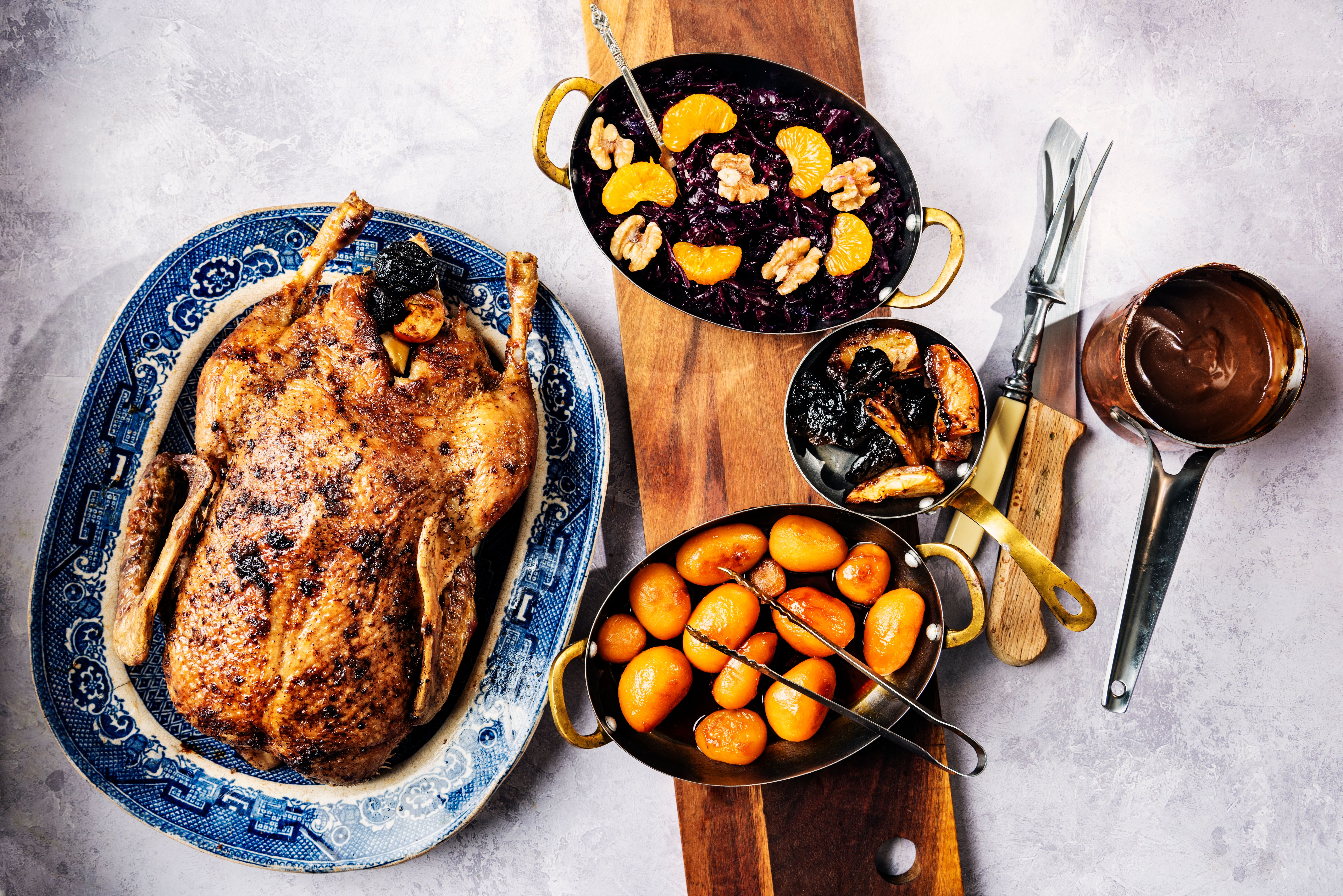Exploring the Nordic Gourmet Table: Tradition Meets Innovation
The Allure of Nordic Cuisine
In recent years, Nordic cuisine has garnered international attention, captivating food enthusiasts and critics alike with its unique blend of tradition and modern innovation. The Nordic gourmet table is a rich tapestry of flavors, techniques, and cultural influences, offering a dining experience that is both nostalgic and forward-thinking.
At the heart of Nordic cuisine is a profound respect for local ingredients and sustainable practices. The harsh climate and limited growing season have historically shaped the Nordic diet, leading to ingenious preservation methods and a focus on seasonal produce. Today, chefs across the region are embracing these time-honored traditions while infusing their dishes with a contemporary twist.

A Symphony of Flavors
One of the defining features of Nordic cuisine is its emphasis on simplicity and purity of taste. The flavors are often subtle yet complex, allowing each ingredient to shine. Traditional dishes such as gravlax, pickled herring, and rye bread exemplify this minimalist approach, showcasing the natural bounty of the Nordic landscape.
In modern interpretations, chefs are experimenting with new techniques and flavor combinations, pushing the boundaries of what Nordic cuisine can be. For instance, the use of foraged ingredients like wild herbs and berries not only adds a touch of novelty but also connects diners to the region's natural heritage.
The Role of Innovation
Innovation plays a crucial role in the evolution of Nordic cuisine. Renowned restaurants such as Noma in Denmark have pioneered the New Nordic movement, which emphasizes innovation while staying true to local traditions. This movement has inspired chefs worldwide to rethink their approach to cooking and sourcing ingredients.
Advanced culinary techniques, such as fermentation and molecular gastronomy, are now being used to elevate traditional dishes, creating a dynamic fusion of old and new. These techniques allow chefs to unlock new flavors and textures, offering diners an unforgettable sensory experience.

Culinary Traditions Meet Global Influences
While Nordic cuisine remains deeply rooted in its own heritage, it is not immune to global influences. The cross-pollination of ideas from different cultures has enriched the Nordic gourmet table, introducing exotic spices and cooking styles that complement traditional ingredients.
This cultural exchange has resulted in a diverse culinary landscape where traditional dishes are reimagined with global flair. Fusion creations such as reindeer tartare with Asian spices or smoked salmon with Mediterranean herbs exemplify this harmonious blend of cuisines.
The Future of Nordic Cuisine
As the world becomes more interconnected, the future of Nordic cuisine looks promising. With its commitment to sustainability and innovation, the region is poised to continue influencing global culinary trends. Chefs and food enthusiasts alike are embracing the challenge of preserving traditional flavors while exploring new frontiers in taste and presentation.
Ultimately, the Nordic gourmet table is a celebration of both heritage and creativity. It invites diners on a journey through time and space, offering a taste of the past alongside a glimpse into the future. Whether you're savoring a classic dish or an avant-garde creation, Nordic cuisine promises an experience that is both authentic and inspiring.

